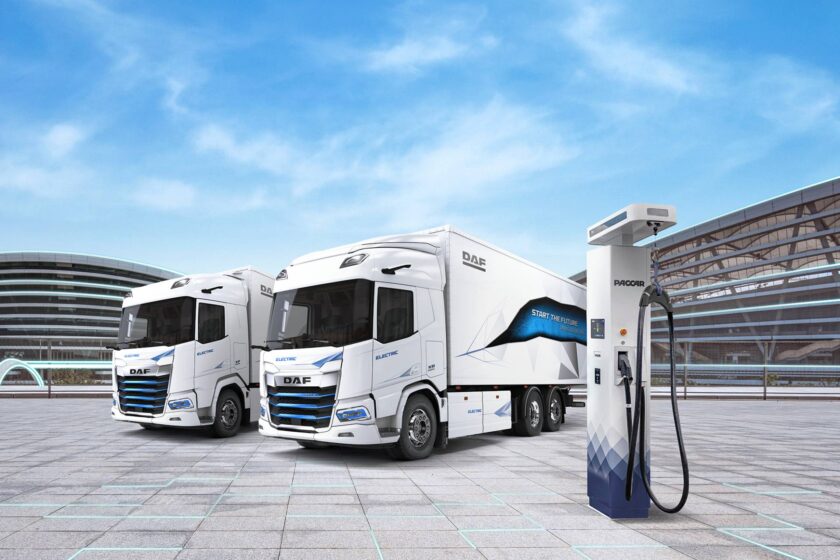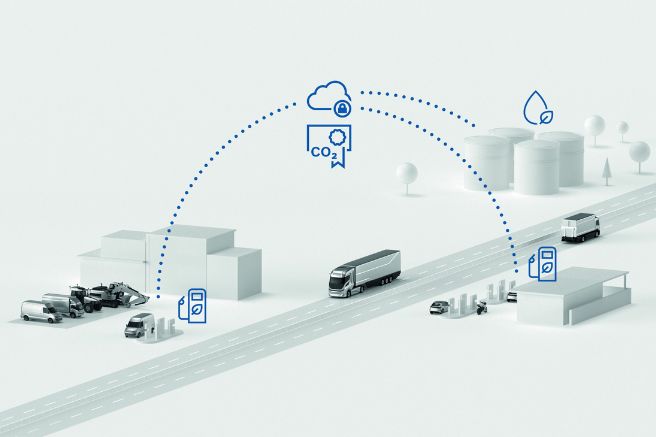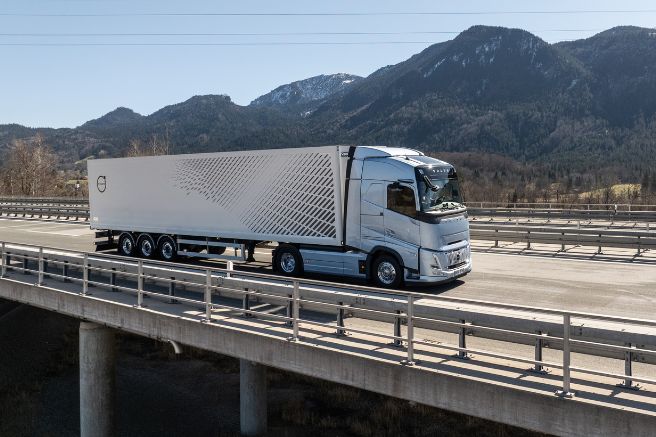The German institute Fraunhofer ISI in Karlsruhe, tasked with investigating the societal impacts of innovation, has published a study on the future of road freight transport. The institute developed a forecast for 2030 based on current growth rates in traffic volume and analyzed the most frequently used routes across Europe, identifying 20,000 potential locations for truck charging stations.

.Taking into account current driving time regulations for truck drivers and assuming that each truck has a minimum range of 400 kilometers, the institute optimized the charging network. The analysis concluded that just 1,000 strategically located stations would be sufficient to meet 91% of future charging needs for trucks.
This means that with only 1,000 refueling points, nearly the entire heavy-duty road transport sector could be supported by 2030—provided, however, that the stations are equipped with MCS (Megawatt Charging System) capable of delivering 3,750 kilowatts of power. Currently, the system reaches 700 kilowatts, but ABB and MAN—the companies behind its development—predict it will soon increase to 1,000 kilowatts and eventually reach the target of 3,750.
The study effectively validates the minimum targets set by the European Union to support full electrification, assuming that charging stations for cars should be placed every 60 kilometers and every 200 kilometers for trucks along the “TEN-T” corridors that connect various countries.
Title: The future of road freight transport: the study
Translation with ChatGPT



